Electroculture gardening: Impact of metals on the plants grow
The interaction between metals, vibrational frequencies, and plants is a fascinating topic at the intersection of biophysics, electromagnetism, and spirituality. Certain metals can influence the energetic fields of plants, affecting their growth, health, and interaction with the environment.
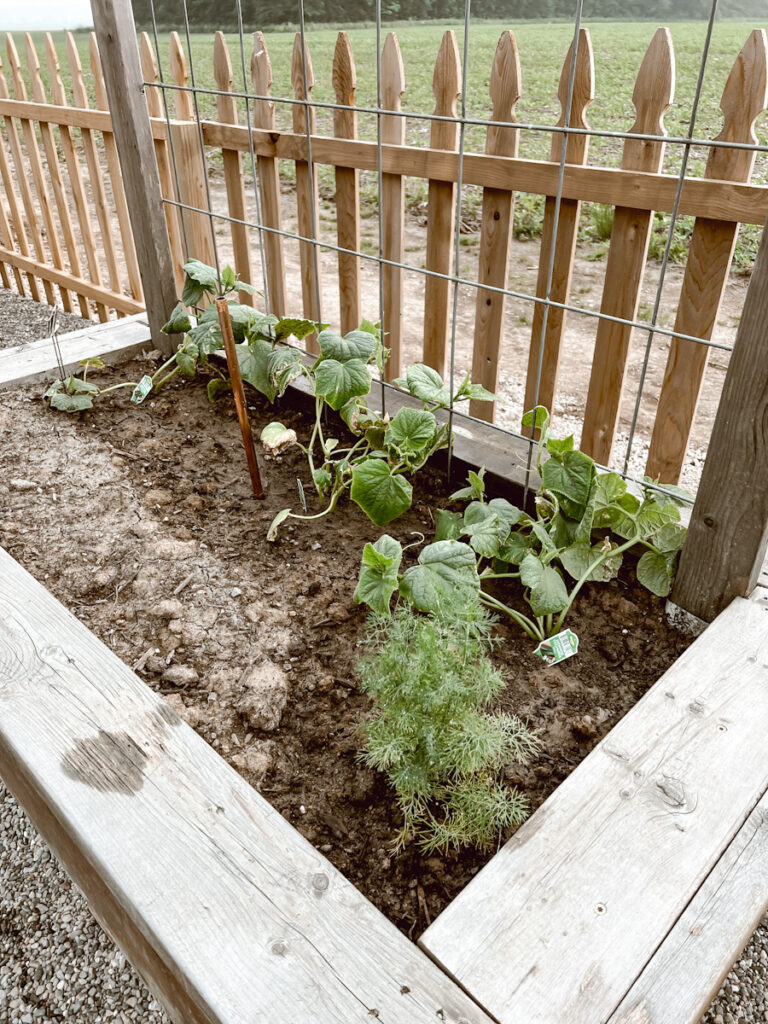
Metals and natural energy fields
Energy Conduction: Metals are powerful electrical conductors. When they come into contact with plants, they can modify or amplify the bioelectric fields naturally produced by biological processes such as photosynthesis or nutrient transport.
Frequencies and Vibrations: Some metals emit or amplify specific frequencies. These frequencies can resonate with those of plants, either enhancing or disrupting their natural vibrations.
The impact of different metals on plants
Beneficial metals
Copper:
- Promotes energy conduction and stimulates growth.
- Essential for certain enzymatic processes in plants (essential micronutrient).
- Spiritually, copper is linked to harmony and energy amplification which can enhance plant vibrations.
Gold and Silver:
- Their conductive properties balance plant energies.
- When used in small quantities, they amplify vibrations and energy resonance.
- Gold or silver leaves are sometimes incorporated into gardens to enhance subtle energies.
Iron:
- Crucial for chlorophyll synthesis production.
- Associated with energetic grounding, it stabilizes vibrations in disturbed environments.
Disruptive metals
Aluminum:
- Toxic in high concentrations, it blocks nutrient absorption.
- Disrupts the natural vibrational frequencies of plants.
- Blocks nutrient absorption and disrupts their biological functions.
Lead:
- Highly toxic, it inhibits root growth and interferes with enzymatic processes.
- Lowers vibrations and creates energy imbalances in the environment.
Heavy Metals (Cadmium, Mercury):
- Severely disrupt energetic fields due to their toxicity.
- Reduce nutrient absorption and energetic stability.

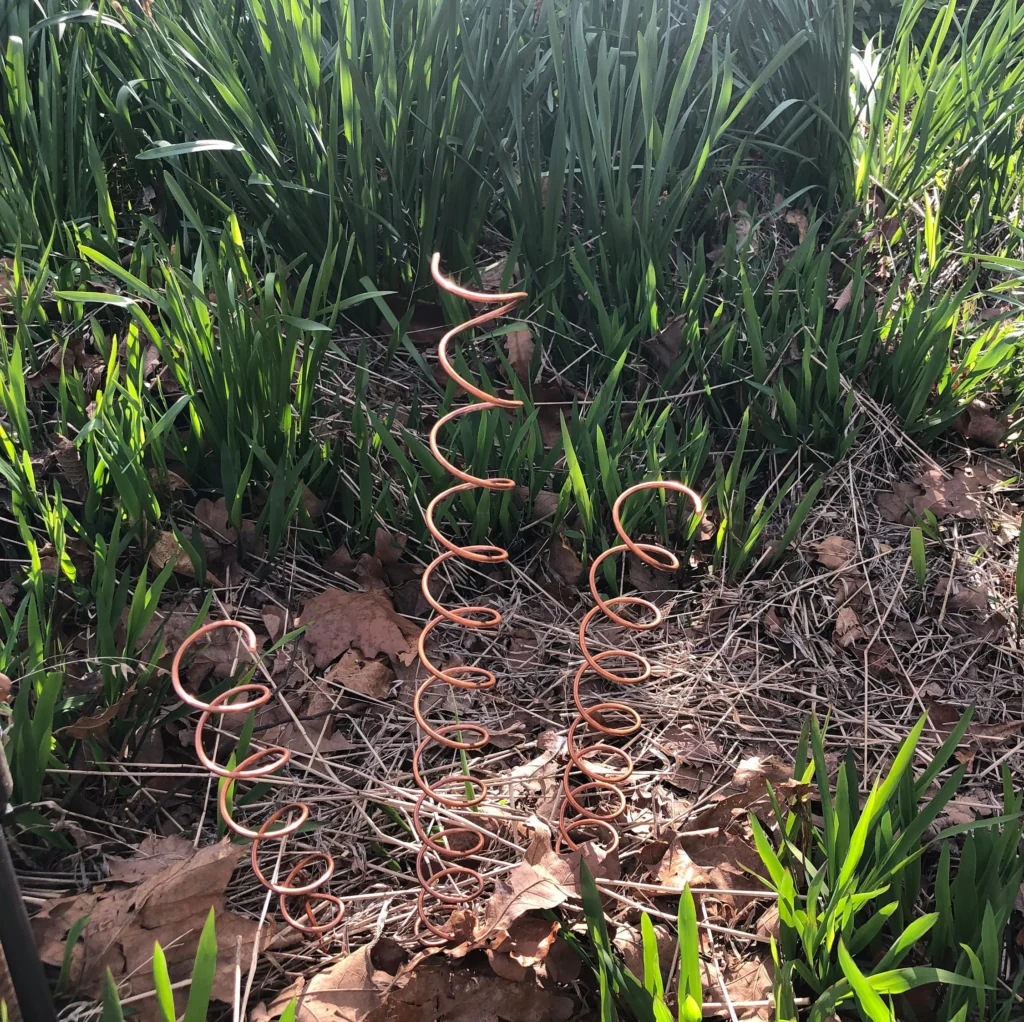
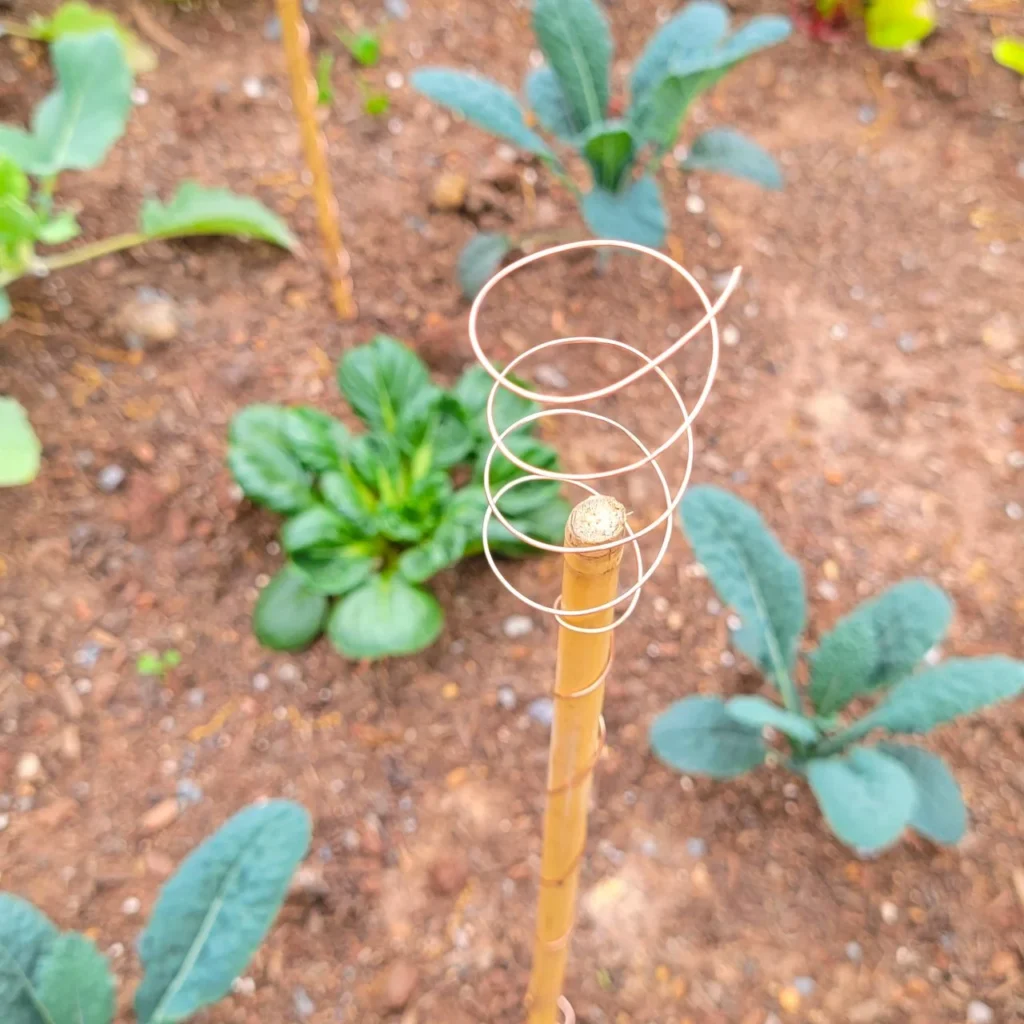
Electromagnetic interactions
Plants are sensitive to electromagnetic fields (EMFs) generated by metals and their environment.
Resonance Effect:
- Copper acts as an antenna, amplifying natural vibrations.
- Aluminum and lead create interferences, disrupting health and growth.
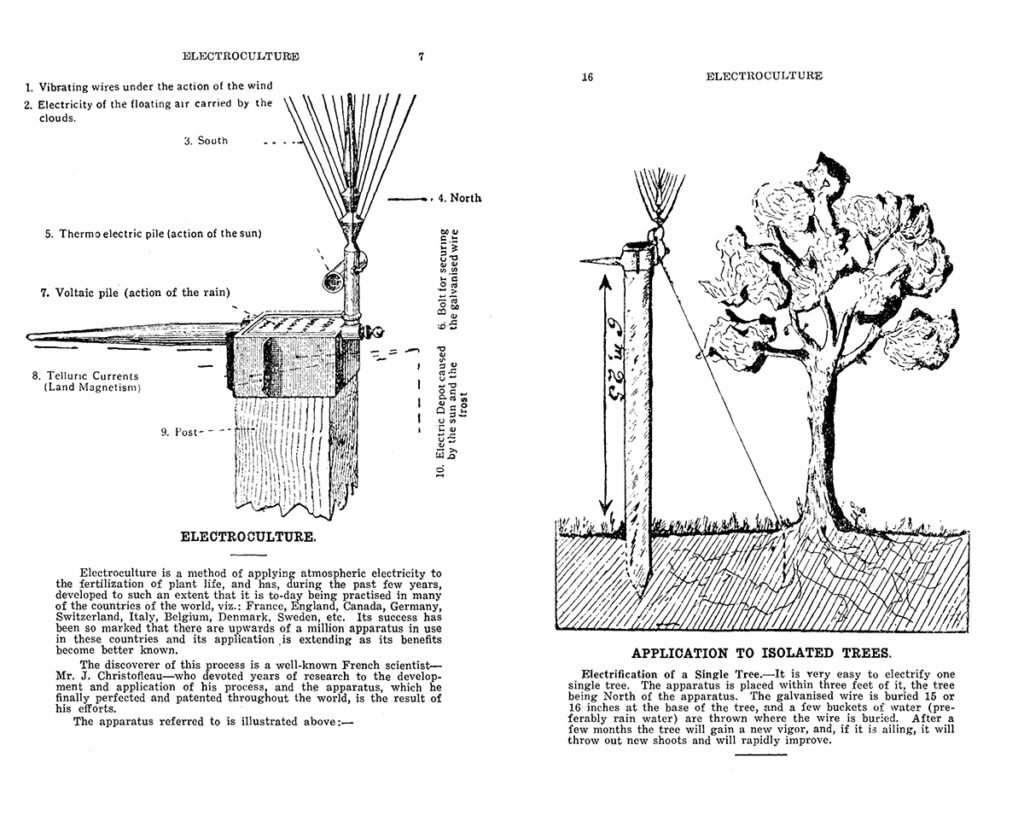
Practical Applications in Plant Cultivation
Copper Structures: Using copper wires or spirals around plants is an ancient practice to stimulate their growth and enhance their vibrations.
Electro-Culture: Electro-culture uses metals such as copper and iron to channel natural electrical energies (like those from storms) and improve soil fertility and plant vitality.
Energy Protection: Metals like iron can be used to stabilize the energy fields of plants in environments disrupted by electromagnetic radiation (e.g., Wi-Fi).
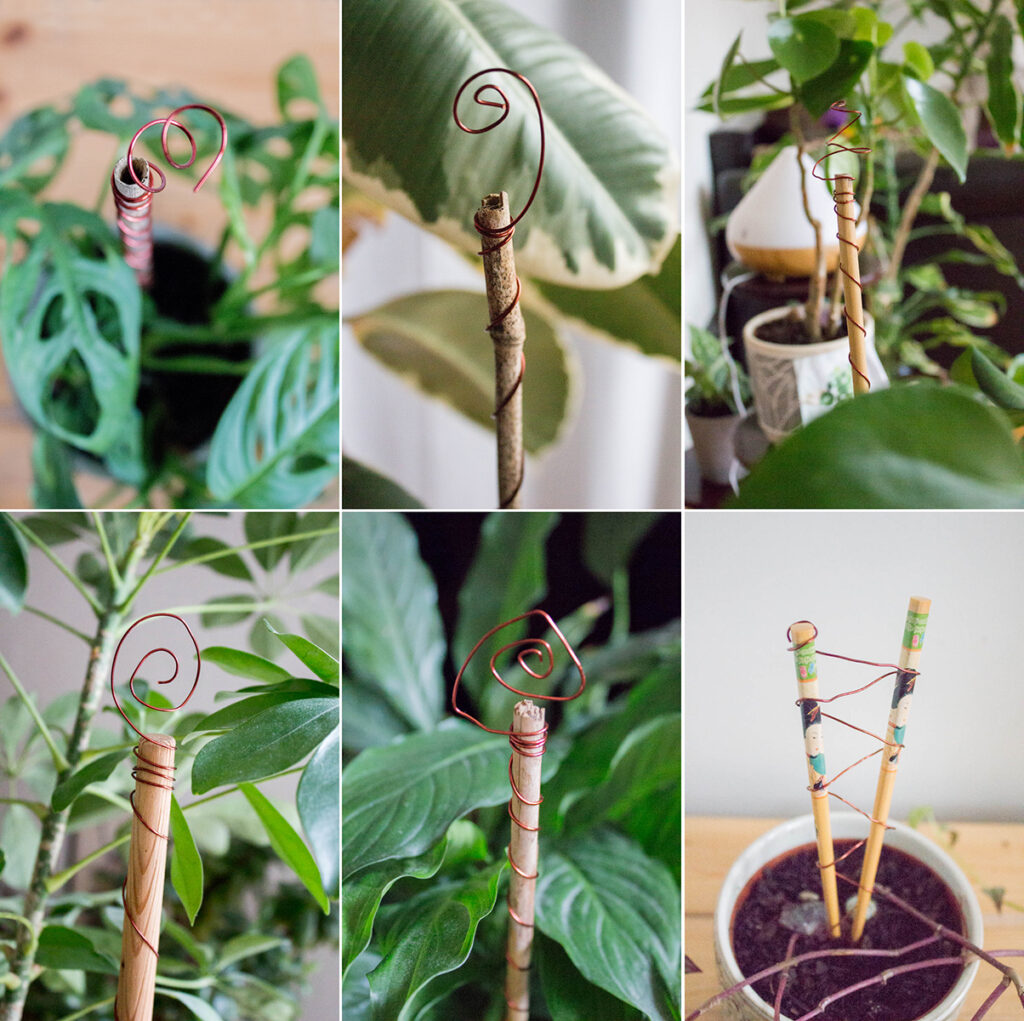
Spiritual approach: Metals, plants, and subtle energies
Vibrational Amplification: In spiritual practices, certain metals are used to amplify the energy of plants during rituals or to create a harmonious space in sacred gardens.
Harmony with Nature: Metals like copper, gold, or silver are often perceived as “energetic bridges” between the vibrations of plants and those of humans, facilitating better communication with nature.
Reducing heavy metals in soil
Striking a Balance
Metals can be allies or disruptors:
- When used consciously (like copper or gold), they can elevate plant vibrations and promote growth.
- Conversely, toxic metals (like aluminum or lead) can severely harm plant health and vibrational balance.
Vibrational Harmony: Using beneficial metals in gardens and natural environments can enhance the vibrations not only of plants but also of the entire surrounding ecosystem.
Maintaining healthy soil (without heavy metals)
It is possible to remove heavy metals (such as aluminum) from agricultural land using phytoremediation and mycoremediation techniques, which employ specific plants and fungi. These methods are ecological, sustainable, and often used to decontaminate soils.
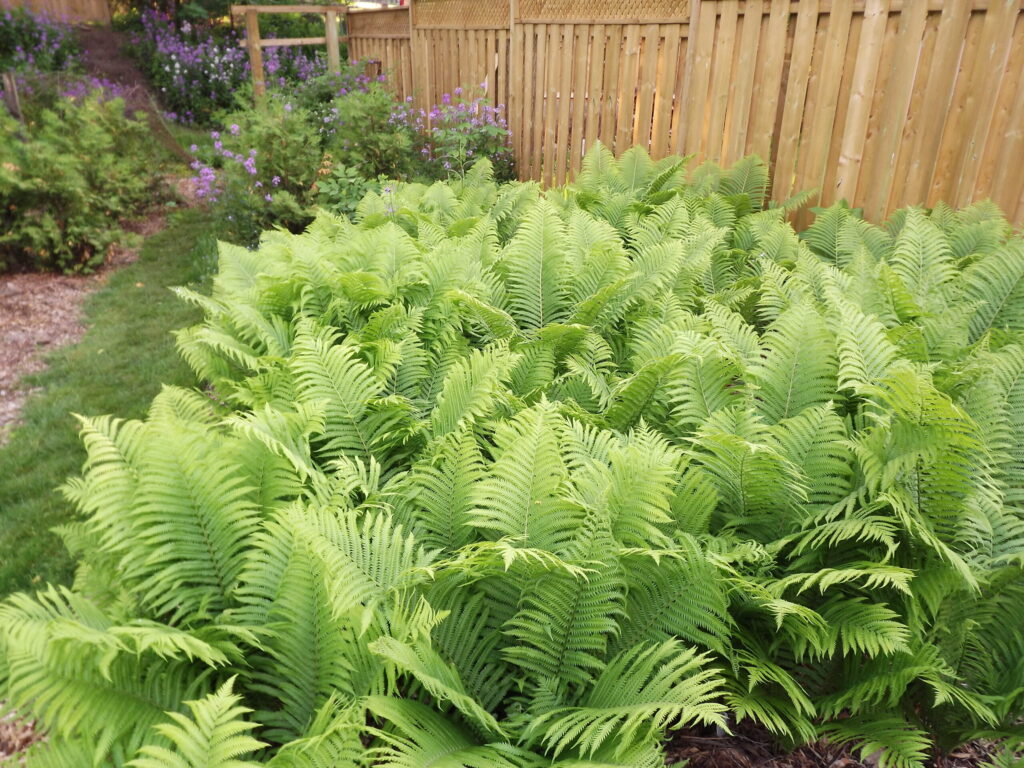
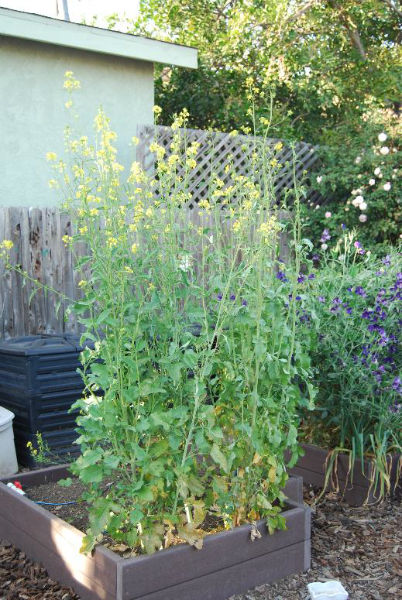

Natural techniques to remove heavy metals
1. Phytoremediation: Using Plants Phytoremediation is a method that uses plants to extract, stabilize, or break down soil contaminants.
2. Hyperaccumulator Plants: Some plants can absorb large amounts of heavy metals into their roots, stems, or leaves. These plants can then be harvested and safely disposed of.
Examples of effective plants:
- Sunflower (Helianthus annuus): Captures aluminum, lead, and cadmium.
- Indian Mustard (Brassica juncea): Highly effective against aluminum, mercury, and arsenic.
- Tobacco (Nicotiana tabacum): Absorbs aluminum and other heavy metals.
- Ferns (Pteris vittata): Ideal for arsenic but can also absorb other heavy metals.
- Glasswort (Salicornia spp.): Useful in saline, contaminated areas.
Advantages:
- Natural and cost-effective.
- Contributes to ecological soil restoration.
Limitations:
- Hyperaccumulator plants do not thrive in severely contaminated soils.
- The process can take several seasons.
3. Mycoremediation: Using Fungi Mycoremediation is a method using fungi to decompose or immobilize heavy metals in the soil.
4. Decontaminating Fungi: Fungi deploy mycelium capable of secreting enzymes and organic acids that degrade contaminants or bind them within their networks.
Examples of effective fungi:
- Oyster Mushroom (Pleurotus ostreatus): Absorbs heavy metals such as aluminum, cadmium, and lead.
- Shiitake Mushroom (Lentinula edodes): Binds heavy metals within its mycelium.
- Mycorrhizae (Glomus spp.): Forms a symbiosis with plant roots to capture heavy metals and improve soil health.
Process:
- Inoculate soil with fungal spores.
- Fungi colonize the soil and begin absorbing heavy metals.
- Contaminated mycelium is then harvested and disposed of.
Advantages:
- Highly effective even in severely contaminated soils.
- Improves overall soil health by enhancing its structure and nutrients.
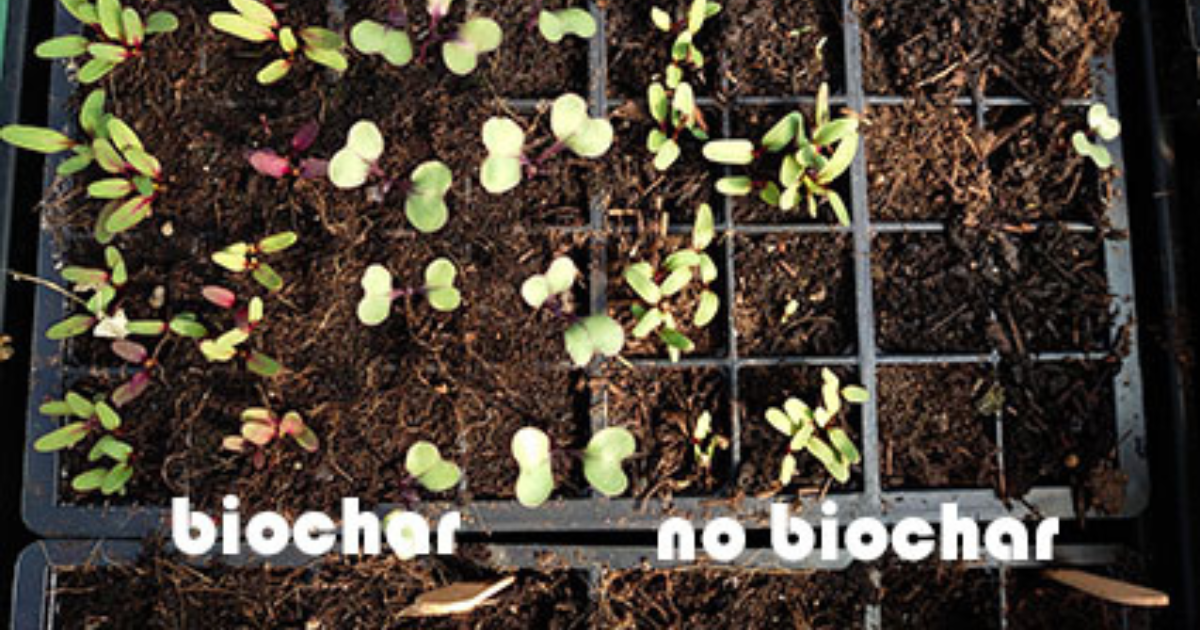
Additional approaches
1. Adding Biochar (Vegetable Charcoal): Biochar can bind heavy metals in the soil, reducing their mobility and toxicity. It is made from carbonized plant residues.
Advantages:
- Improves water and nutrient retention in the soil.
- Can be used in combination with plants and fungi.
Soil Amendments: Certain amendments can reduce the bioavailability of heavy metals:
- Lime: Neutralizes acidity and immobilizes heavy metals like aluminum.
- Zeolites: Absorb metallic contaminants.
- Compost: Adds organic matter that binds heavy metals.
Controlled Drainage and Leaching: In some cases, irrigating soil followed by managing drainage water can remove heavy metals, but this requires rigorous management to avoid groundwater contamination.
Practical steps for contaminated agricultural land
- Soil analysis: Test your soil to determine the types and levels of heavy metals present.
- Choose the appropriate method:
- For low to moderate contamination, use hyperaccumulator plants.
- For severe contamination, opt for mycoremediation or combine several approaches.
- Implement the remediation plan:
- Plant hyperaccumulator species or inoculate soil with fungi.
- Regularly monitor the health of plants or fungi.
- Harvest and manage residues:
- Contaminated plants or fungi must be harvested and disposed of properly (e.g., incineration or toxic waste management).
- Restore the soil:
- After remediation, enrich the soil with compost or organic amendments to restore its fertility.
Expected results
With consistent efforts, the level of heavy metals in the soil can be significantly reduced within a few years. Restored soils support better crop growth and a return to more harmonious biological and energetic vibrations.
If you’re ready to try it yourself, you can start with this copper lacquer wire (0.06mm–1.2mm)—perfect for building your own electroculture antennas and enhancing plant growth naturally.
FAQ
1. What are the effects of metals on the vibrations of different plant species?
- Research Approach:
- Conduct studies measuring the bioelectric fields of various plant species when exposed to different metals (e.g., copper, iron, aluminum).
- Compare plants with different characteristics (e.g., succulents, leafy greens, flowering plants) to identify variations in how metals influence their natural frequencies.
- Key Findings to Explore:
- Copper and iron may amplify natural vibrations, improving processes like nutrient transport and photosynthesis.
- Aluminum or lead could disrupt these fields, causing stress responses such as reduced growth or leaf discoloration.
- Practical Implications:
- Use metals selectively in agriculture or gardening to optimize plant health for specific species.
2. How do artificial electromagnetic waves (Wi-Fi, 5G) interact with plant vibrational fields?
- Study Parameters:
- Measure plant bioelectric activity near sources of electromagnetic radiation (Wi-Fi routers, 5G towers).
- Investigate physiological changes, such as altered photosynthetic rates, growth patterns, or stress indicators.
- Findings to Discuss:
- Electromagnetic waves might interfere with natural vibrational frequencies, potentially disrupting nutrient absorption or enzymatic processes.
- Some plants may develop adaptive mechanisms, like producing antioxidants, to mitigate EMF stress.
- Practical Solutions:
- Shield plants using conductive metals like copper or structures designed to redirect or absorb EMF energy.
3. What ancient or modern practices incorporate metals in plant cultivation?
- Ancient Practices:
- Egyptians used copper tools for farming, attributing energy-enhancing properties to the metal.
- Indigenous cultures often buried metals like iron or gold in the soil as offerings, believed to enhance fertility.
- Modern Practices:
- Electro-Culture: Utilizing copper wires or rods to channel atmospheric energy into the soil.
- Magnetic Treatments: Using magnetized water or metal-infused fertilizers to promote growth.
- Examples in Action:
- Spiral copper structures placed in gardens to enhance energy flow and plant vibrations.
- Greenhouses with copper piping integrated into irrigation systems.
4. What are the impacts of metals on biochemical communication between plants?
- Mechanisms of Study:
- Analyze how metals influence signaling molecules (e.g., volatile organic compounds, phytohormones) used by plants for communication.
- Observe changes in responses to environmental stress or pathogen attacks in the presence of metals.
- Potential Observations:
- Beneficial metals like copper may enhance signaling pathways, enabling quicker responses to threats or promoting cooperative growth.
- Toxic metals like mercury or lead might inhibit communication by damaging roots or disrupting chemical pathways.
- Implications:
- Use metals strategically to encourage positive plant interactions in ecosystems or agricultural systems.
What Gardeners Are Saying
ELECTROCULTURE USING ELECTROMAGNETIC ENERGY
Electroculture Gardening – Amazing Results and comparison
ELECTROCULTURE: Copper Coil Antenna Details-Questions Answered
Electroculture proof (with Zucchinis)
Electroculture experiment pumpkins
Electro culture – Electrify your soil
Electroculture : DIY A Beginner’s Guide
What Kind of Wire is Used for Crafts?
DIY Gardening experiment
SEE WHAT HAPPENS TO PLANTS WHEN YOU PLACE A MAGNET IN A POT
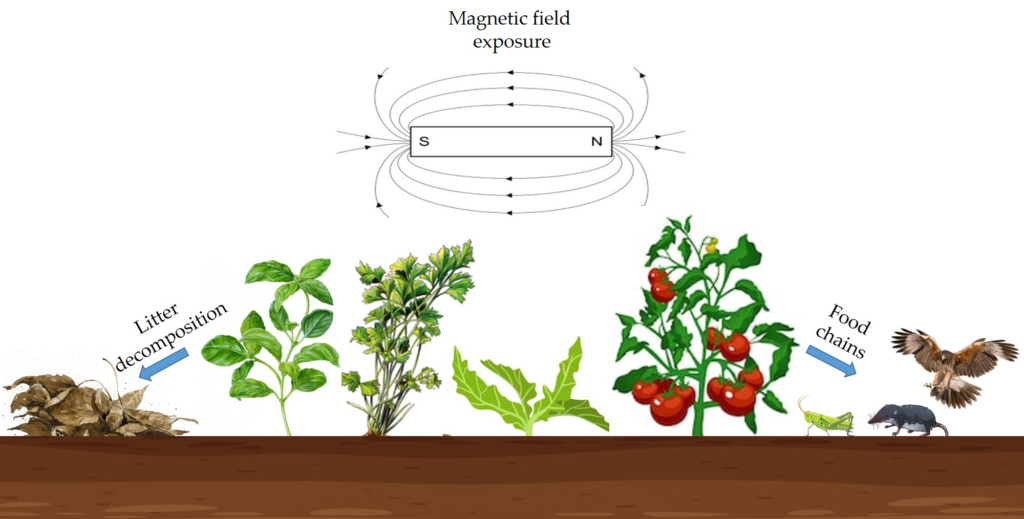


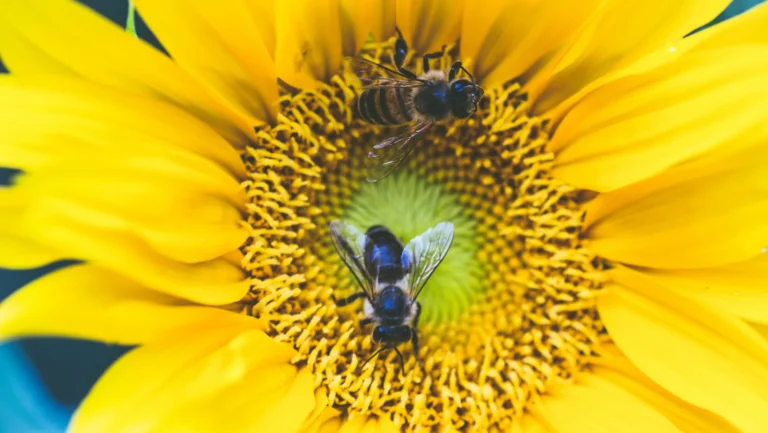

Leave a comment